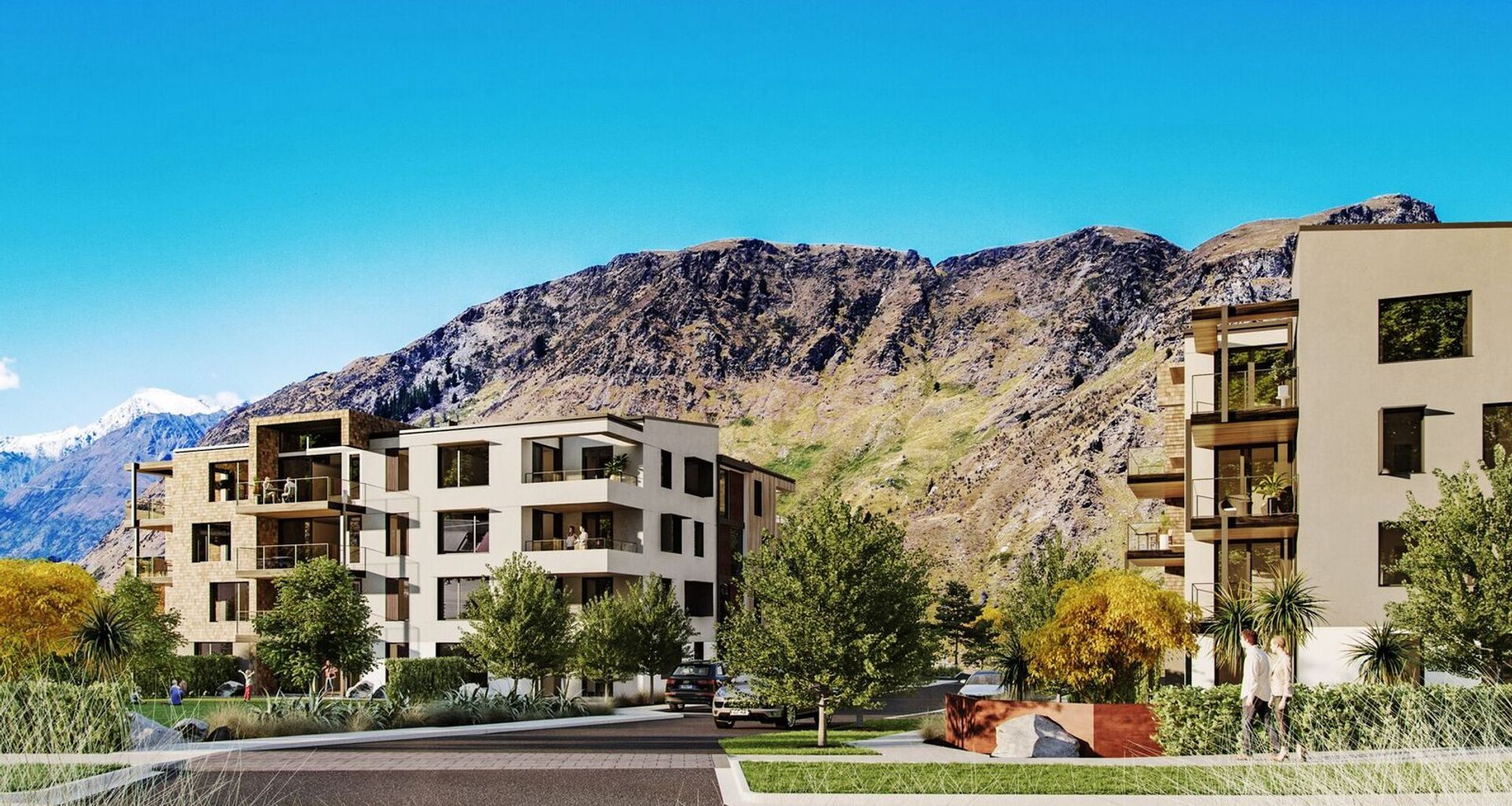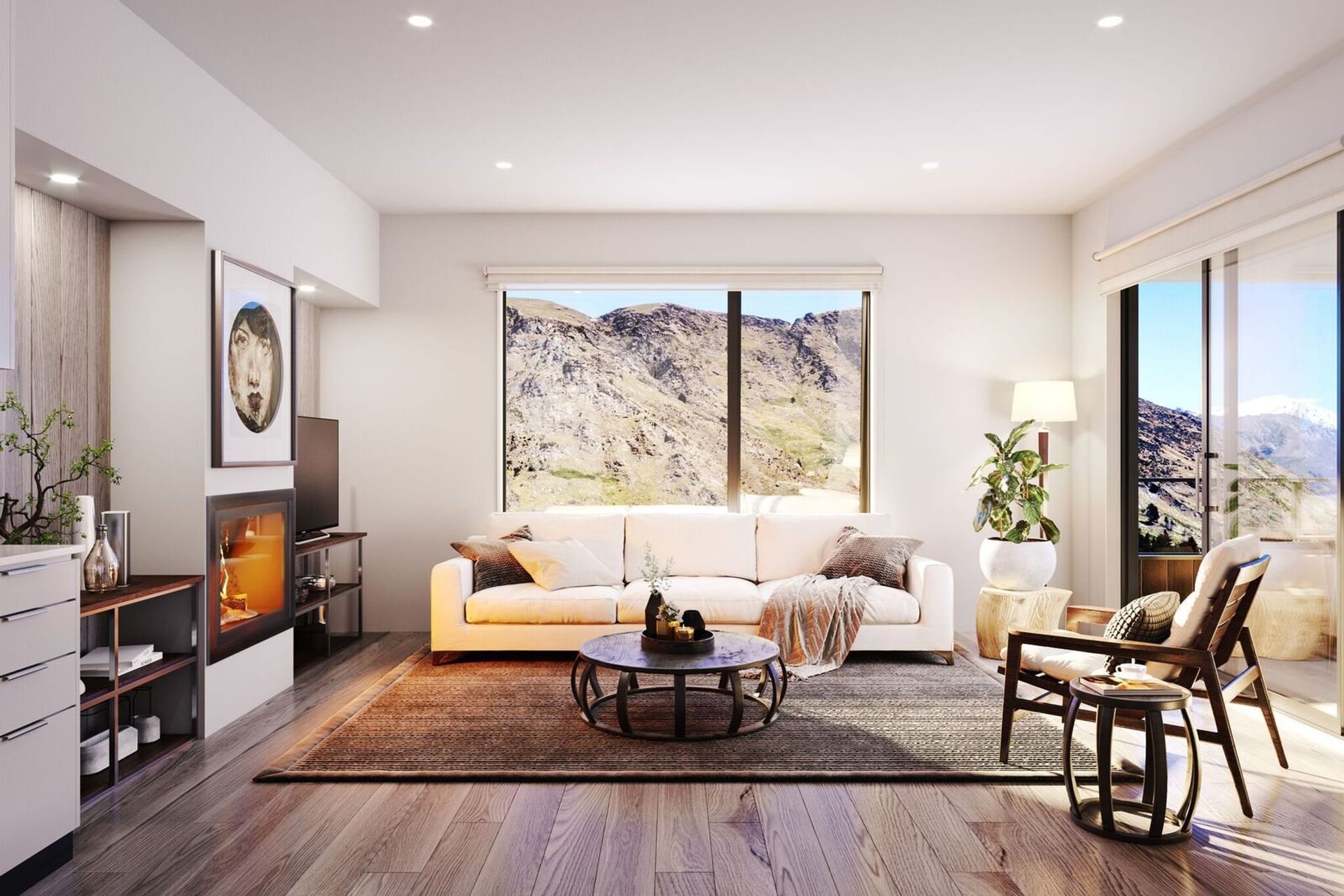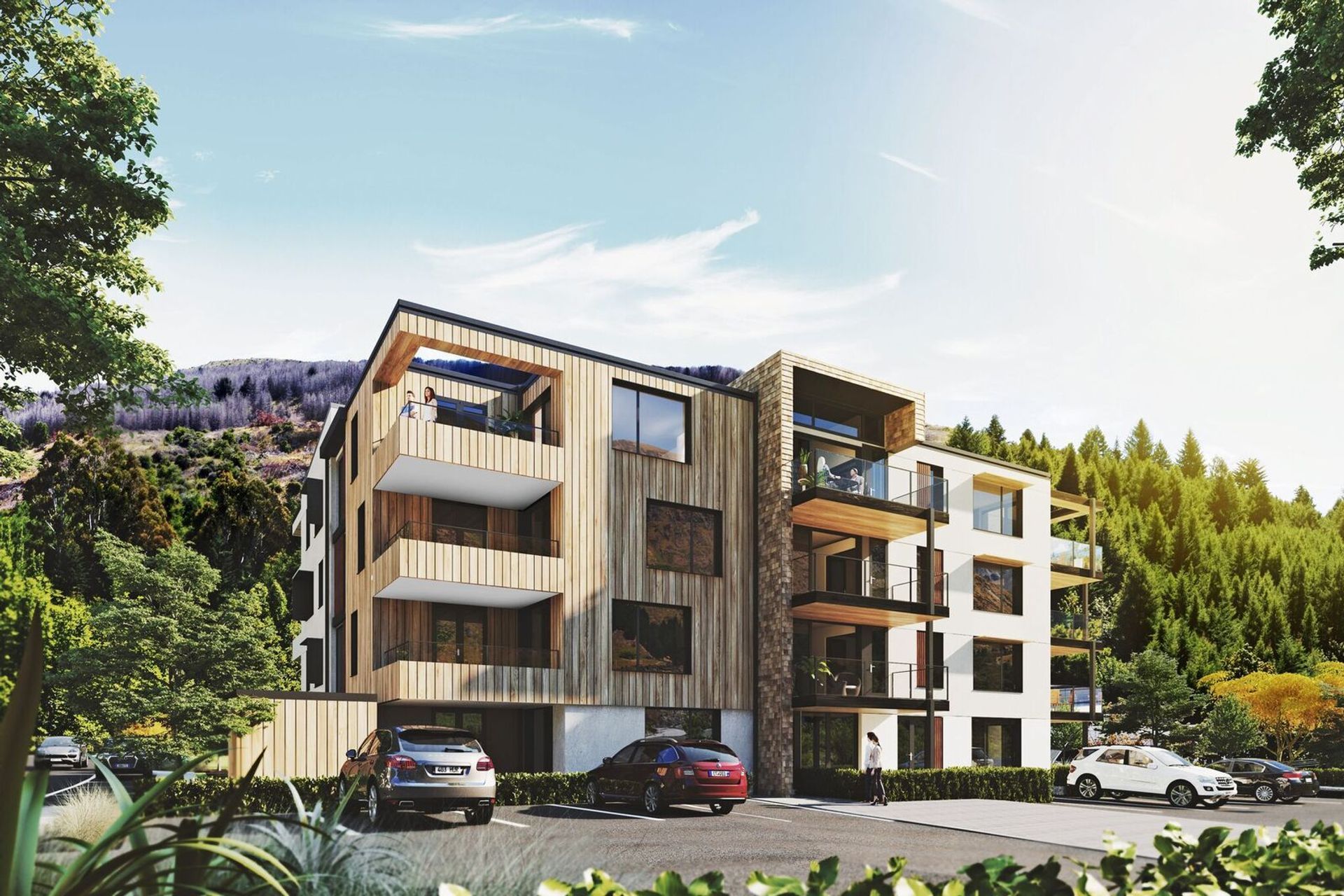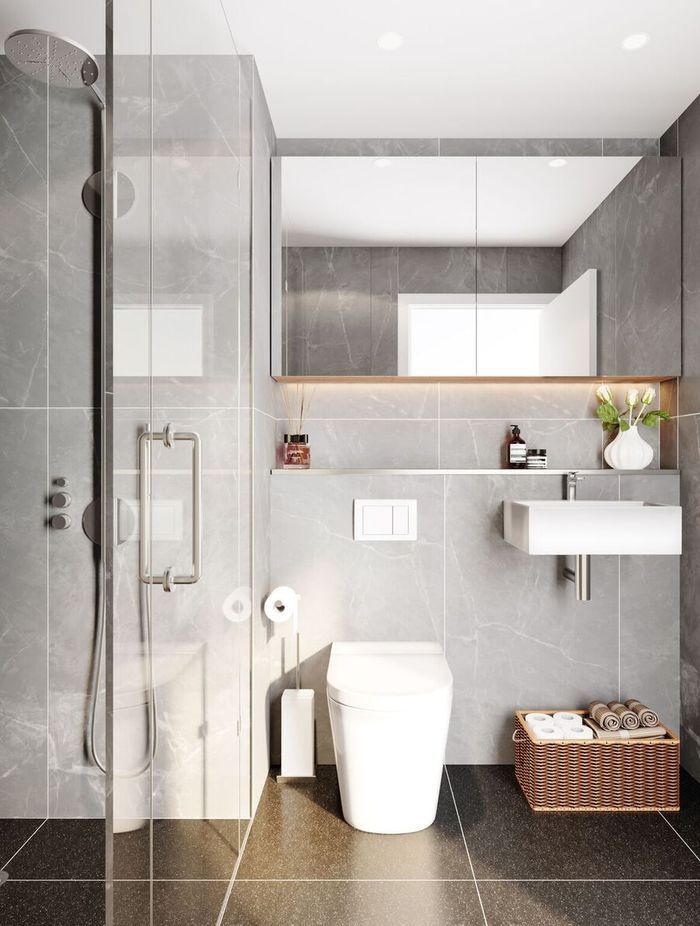Sustainability, a new way
Written by
17 June 2018
•
4 min read

The New Zealand Building Code currently requires residential buildings to last for 50 years. In that context, many of the building materials we use are developed in line with that timeframe – one that, arguably, contributes to the wider throwaway culture that has been so damaging to our environment over the last few decades.
It’s also one that Koia Architects’ Tony Koia says is playing its part in a sustainability conversation in New Zealand that still remains in its infancy. “Sustainability has often been focused on building smaller homes, having a smaller footprint and using fewer materials,” Tony says. “But there are other approaches, such as building bigger homes for intergenerational use. Sustainability needs to be looked in terms of different solutions for different "situations.”
What’s central to Tony’s approach to sustainability is the need to consider the whole-of-life costs of a house and its materials. “For example, a small house in New Zealand that has a lifespan of 50 years because the building materials thathave unfortunately been designed to meet this required lifespan are not necessarily sustainable. If, on the other hand, materials were used that were designed to last 200 years, you are instantly looking at more sustainable option, even if those materials aren’t necessarily classed as ‘green’.”

The discussion around sustainability in New Zealand is one, Tony says, that hasn’t reached a level of maturity allowing it to serve its purpose. “Villas, for example, were designed to last for at least 100 years, so why have we gone backwards and now are only required to build houses that last 50 years?”
Koia Architects’ focus is on creating homes designed to last for longer, and within this, carefully specifying materials that are also designed to last. “Concrete, for example, isn’t generally seen as a sustainable product but that’s not looking at its whole-of-life cost.”
In one of Koia Architects’ recent projects at Arthur’s Point in Queenstown, Residence du Parc, materials were chosen in a more holistic way, while still within the overarching concept of sustainable design.
Here, the 48 two-bedroom apartment development was built with a Canadian polystyrene block that is poured with concrete. “The energy efficiency is so high that you can heat a whole apartment with a small gas fireplace,” Tony says. And this building is one that will no doubt outlast many of those that surround it.
It’s a way of thinking that makes a lot of sense. At Residence du Parc, the electricity loads are greatly lessened, and the building is designed to last. That’s allowing the occupants of 48 dwellings to be far less reliant on heating and cooling, reduce their carbon footprint, and live in the knowledge that resources won’t be wasted over the coming few decades because the building will stand the test of time.

“If you set out to build a structure that will last for 100 years or more, it changes the way you detail things and it turns into a far more robust process,” Tony says.
“There’s a need for more leadership in New Zealand around the Building Code because it sets a minimum standard only, and unfortunately we are achieving it.” One way to address this, Tony believes, is looking at the construction industry like any other consumable sector - washing machines for example, that are clearly marked with star ratings showing efficiency.
“We could do the same with the building industry and construction materials. If people are given a choice and clearly educated about that choice, it only follows that people will be empowered to make better ones.
“To create a building that lasts longer and saves significant resources over its lifespan, is worth paying a little more for upfront.”
Visit Koia Architects on ArchiPro here to see how this firm is approaching design, and sustainability, in a new way.
